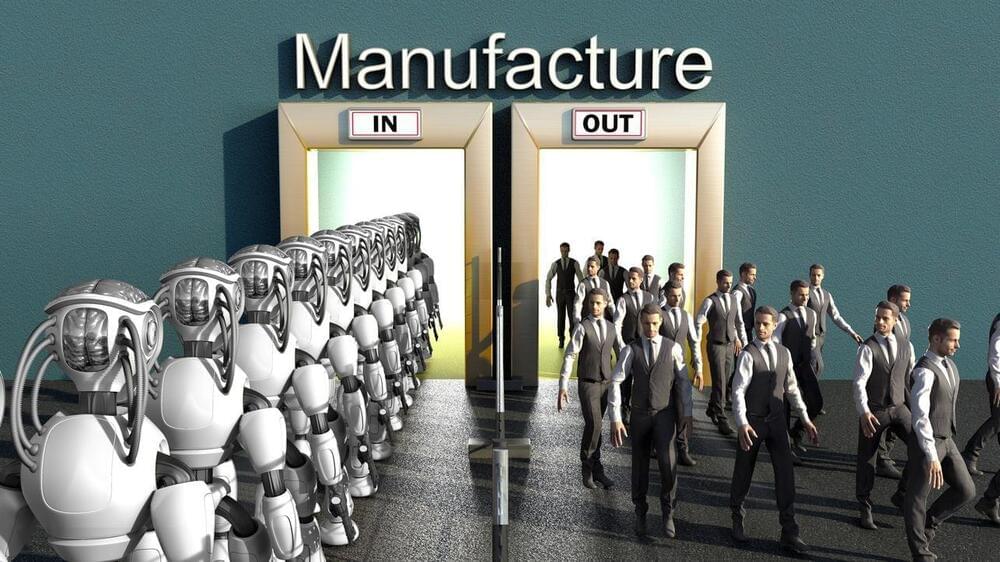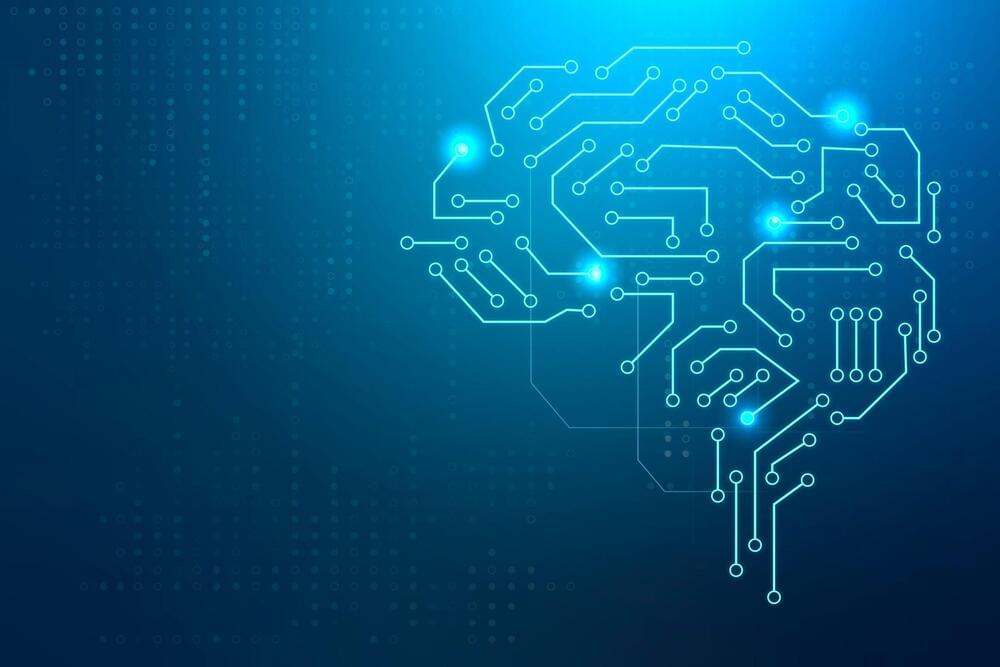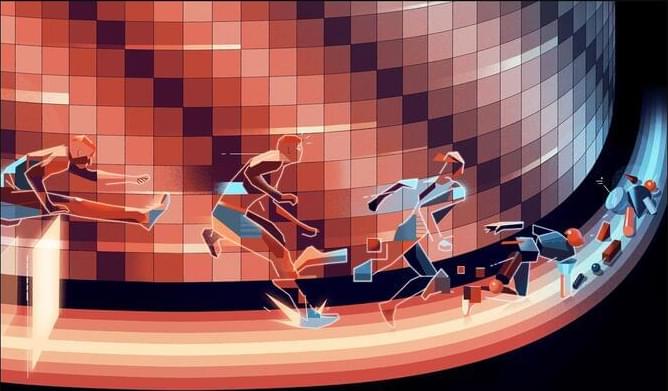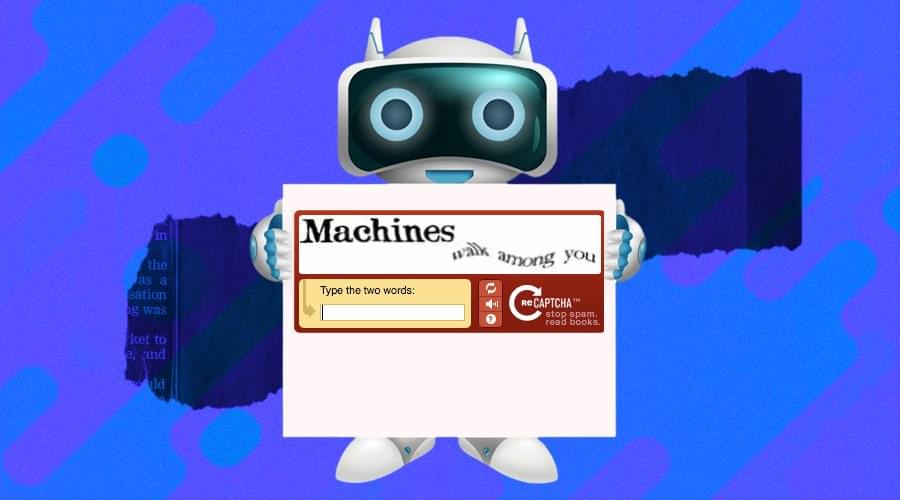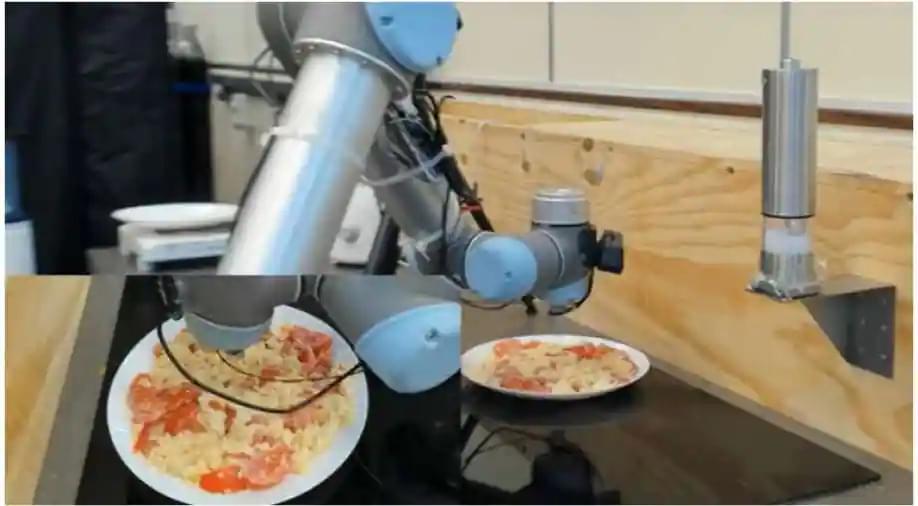“We provide a lot of evidence to bolster the case that this is a causal relationship, and it is driven by precisely the industries that are most affected by aging and have opportunities for automating work,”
“For decades, manufacturers in the United States have turned to automation to remain competitive in a global marketplace, but this technological innovation has reduced the number of quality jobs available to adults without a college degree—a group that has faced increased mortality in recent years,”
Full Story:
In a recent article, I examined research from MIT that showed how investment in technologies, such as robotics, is often made to compensate for an aging workforce.
“Demographic change—aging—is one of the most important factors leading to the adoption of robotics and other automation technologies,” the researchers explain.
Indeed, when it comes to the adoption of technologies, such as robotics, the authors argue that the demographics of the population account for up to 35% of the variation between countries. What’s more, a similar phenomenon appears to be occurring within countries too, with metro areas in the United States that are aging faster, adopting automation technologies faster than areas that are aging more slowly.
